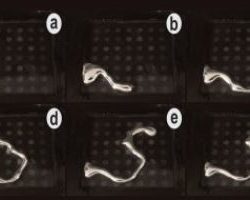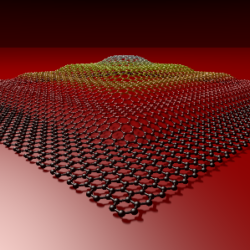2D materials capable of forming complex 3D shapes
University of Texas at Arlington researchers have developed a technique that programs 2D materials to transform into complex 3D shapes. The goal of the work is to create synthetic materials that can mimic how living organisms expand and contract soft tissues and thus achieve complex 3D movements and functions. Programming thin sheets, or 2D materials, Read more about 2D materials capable of forming complex 3D shapes[…]



